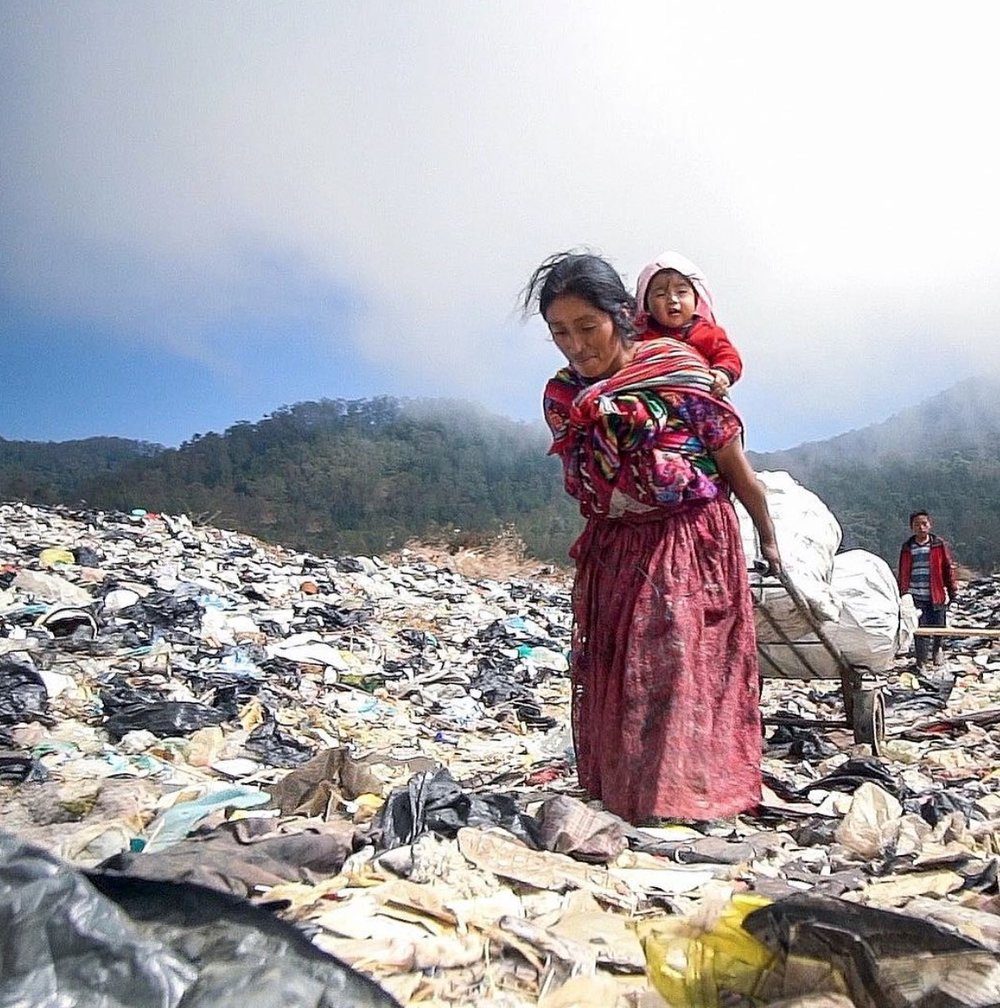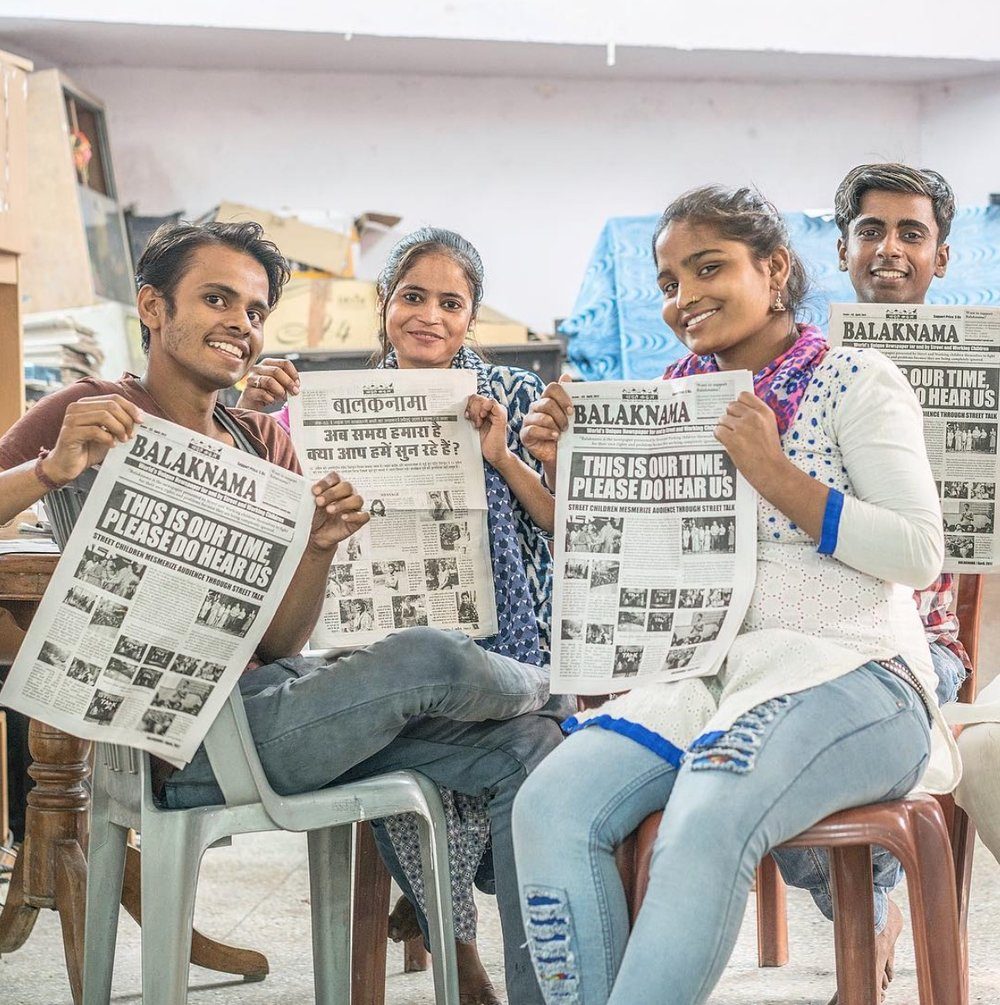
María Ofelia has been living and working in a Guatemalan trash dump to support her young family. Picture: Verse Stories.
In the bustling night streets of Istanbul, five year old Syrian refugee Hamoodee looks very small and serious as he wanders among customers at market stall eateries with his little tray of nik naks. Neon signs flash overhead; cars roar past. “Peace be with you. Want to buy?” he says, in a sweet, soft voice.
He takes nothing for free: “If they give me lira, I give them tissue. Don’t want tissue, I give chocolate.” When one man tries to persuade the boy to keep the money and the chocolate for himself, Hamoodee plonks the chocolate back on the table and darts off. “I’m a good salesman,” he says, proudly. “My heart is cutting from the inside, when I see him like this,” says his father, later, his eyes red.
Hamoodee’s story is just one of a series of short films, each no more than 6 minutes long, on Verse Stories, a digital channel which delves behind the headlines, into the day-to-day lives of the people left behind when the world’s camera crews have moved on.
Watch Yara Eid, a young Palestinian refugee, talk about her dreams of becoming a global peace ambassador or 28 year-old María Ofelia who, for the last 20 years, has been living and working in a Guatemalan trash dump to support her young family; listen to the impoverished Indian children determined to give street kids a voice through their own newspaper and, suddenly, terms like ‘refugee’ or ‘poverty’ become less abstract, more as tough they’re happening to close friends rather than anonymous voices on the other side of the world.

Sulaiman Sibai, who has worked as producer and director for both the BBC and ITV, is founder and head of a small team of like-minded filmmakers and writers “Traditionally, news is told with editorial agendas first, focusing on the politics and a big picture [but] it’s an approach that loses the most important aspect, the human story. You understand a story so much more when you understand the people in them.”
“After working for mainstream news networks, it became more apparent that there was a lack of outcome with the way news stories were being told and the way we’re consuming them,” he continues. “That’s when I set out to allow for a more personal experience, bringing together those in need of help with those who have always wanted to do something about the news they watch each day.”
He’s talking about the site’s mechanics, which allows viewers to donate immediately to the person on the screen. “A common issue between donors and charities today is lack of transparency,” says Sibai. “Our first step was to allow viewers to give 100% of their donation straight to the subject in the story.”
One of those was Hamoodee. “The viewers got together to change his life and, in under 48 hours, we were preparing him access into a local school. Now, a year on, he’s still learning, has friends his age and will never have to sell on the streets at night again,” says Sibai, happily.
Although beautifully edited, with images of a heartbreaking richness, there are no presenters. “We focus on the people,” says Sibai. “By removing scripts and voice-overs, we allow for a more authentic, candid story, whilst informing our audience on the issues that matter most.”
Finding stories is one of the site’s most challenging aspects. “We use the global headlines as a compass to help us to find those in need,” Sibai reflects. “Then we spend a lot of time on the ground and online looking for a story that will explain the issue in its truest form and at the same time provide life-changing support. We’re a group that prides itself on being inquisitive.”
The site has a devoted following: “[Our followers] contribute and share stories, voice thoughts and provide support, sharing new ways of helping. They’re sick of the status quo, tired of corporate channels and stereotypical charities. We’re not interested in having millions of followers, just a community who are passionate about making a difference.”
“We believe people genuinely care about others; that they really want change in what they see and do,” he continues. “We wanted to provide a more intimate connection between the viewer and the subject by letting people support, share, and help the person in need.” When a subject has raised a certain amount in donations, the team go back to follow up and let supporters see the impact they’ve had.

Sulaiman Sibai, Verse Stories.
“We’re all human, and when you tell a story just the way it is, people can be inspired, or heartbroken, enlightened or evoked,” says Sibai. “That connection is testament to the support we have for one another. We just want to be that bridge.”






